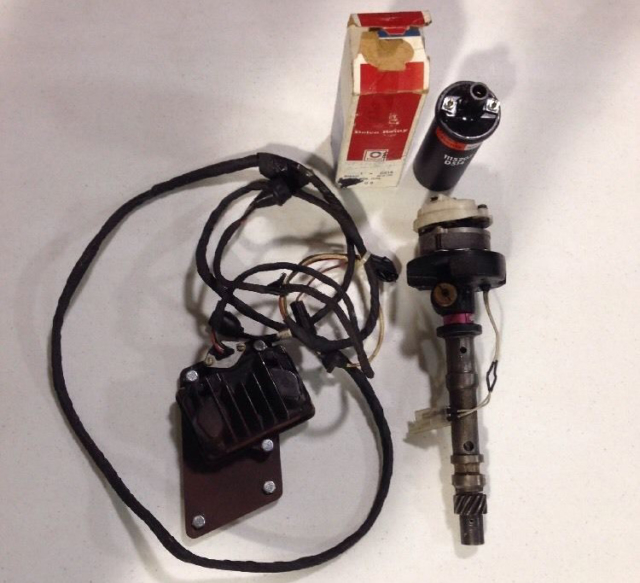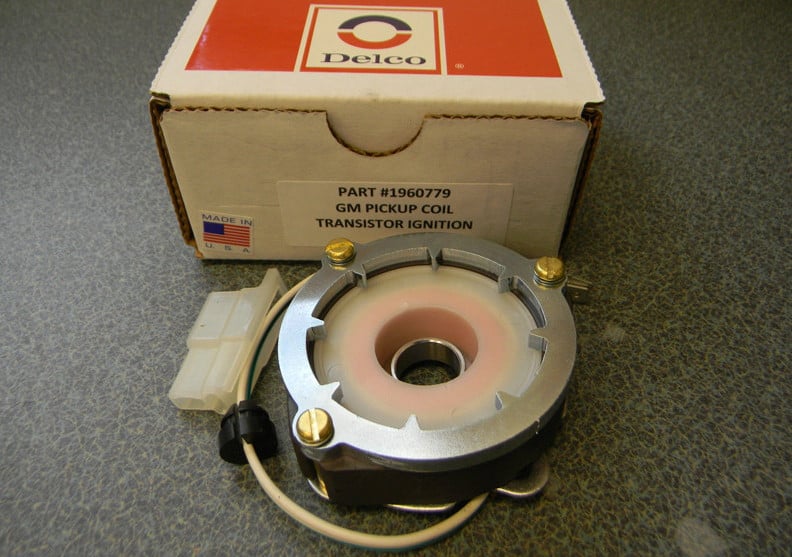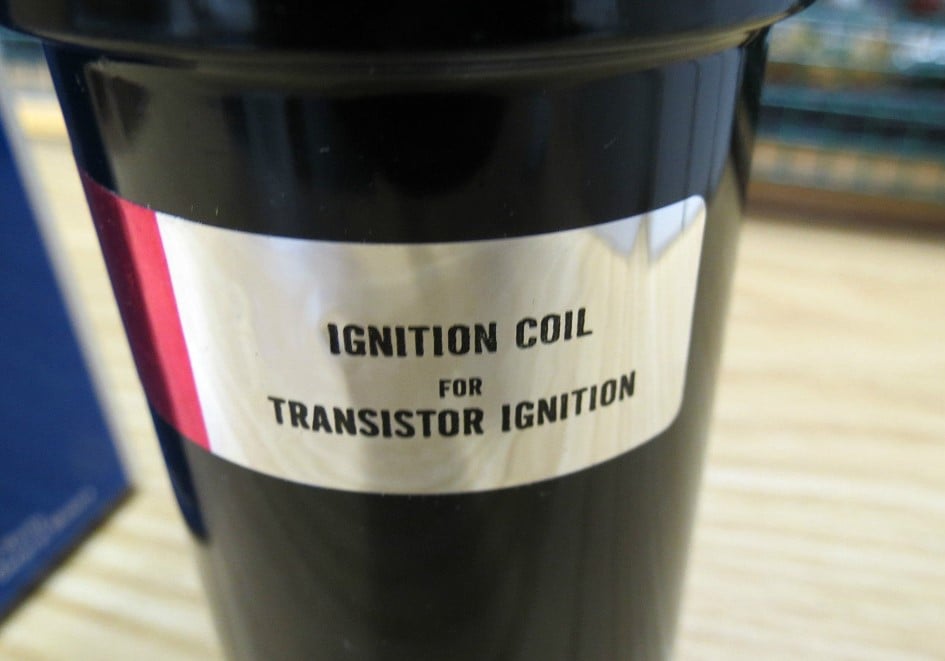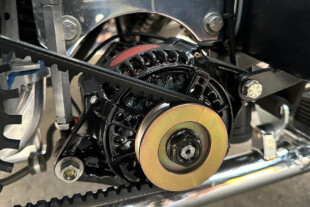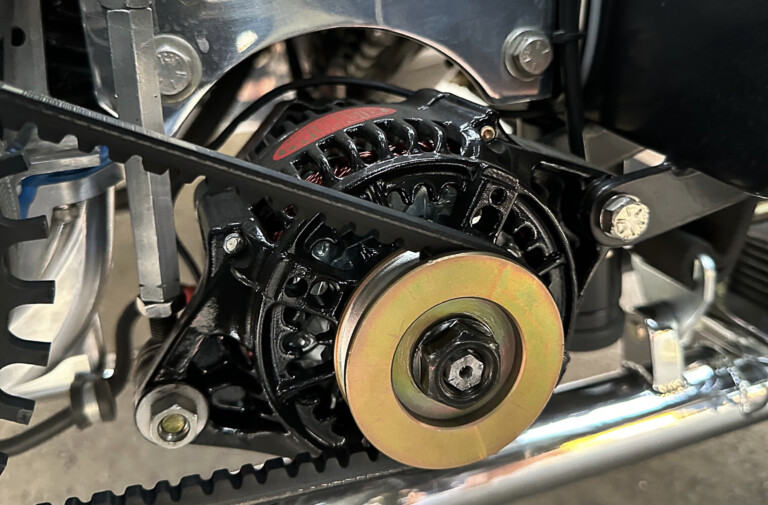Internal combustion engines have been around for generations, and ever since their inception, engineers have been committed to finding a better way to light the fire within the cylinders. In the early ’60s, engineers at GM were devising improved point-style distributors, and eventually, two sets of points were installed when one was deemed insufficient.

The TI distributor is controlled much like a points-style distributor, with the vacuum canister and various weights, springs, and cams to manipulate the engine’s ignition curve. The magnetic pulse generator simply tells it when to fire by sending a pulse to the amplifier. (Photo: Corvetteforum)
As you’re holding the loud pedal down and engine RPM begins climbing, the points in the distributor will begin to bounce. Adding heavier springs could control the points, but the block and cam system designed to operate the points would wear faster. Also, a points-style system is limited in the amount of current that they can handle without burning the points and rendering the system useless.
In 1962, Delco Remy developed a new Transistorized Ignition that operated on a similar principle, but it used a magnetic trigger device inside the distributor, instead of a mechanical set of points.
The magnetic “pulse” is sent to the pulse amplifier, where a transistor shuts off the current to the coil’s primary coil more efficiently than a set of points could ever do. Operating at twice the amperage of a points-style ignition, the TI ignition can deliver more spark voltage at the spark plug, and operate at much higher RPM.

TI still requires competent wiring and connectors to efficiently control the spark. Many times, connections and worn wiring will render a TI ignitions useless. (Photo: CorvetteForum)
Delco Remy’s offering came to be known as the “Delcotronic Transistor-Controlled Magnetic Pulse-Type Ignition System.” There are three main components to a TI ignition; the magnetic pulse generator in the distributor, the pulse amplifier, and a special coil designed to work with the TI ignition.

The pulse amplifier is typically mounted behind the grille on most cars, making it and its connections susceptible to water intrusion. (Photo: CorvetteForum)
There are many variations of GM’s TI ignition, because of necessary distributor curve-rates needed to optimize the many possible engine combinations. Camshaft duration, carburetion, and the engine’s compression all dictated the necessary advance curve needed for optimum performance. Like a points-style distributor, these parameters were controlled through vacuum and mechanical means inside the distributor, and would need to be changed if any engine modifications were performed.

The electronics inside the amplifier are protected by a seal, but if that seal is not sufficient, or fails over time, water will destroy the transistors. Companies now offer silicon transistors which are more reliable than the Germanium units used in the original systems. (Photo: CorvetteForum).
TI ignitions were not fool-proof. The electronic components were susceptible to water, and since the distributor shaft still needed to be driven by the camshaft, there were wear issues over time. Luckily, companies like TI Specialty provide restoration and repair services for these systems. They even offer circuit boards that utilize modern electronics that fit inside the original amplifier housing. Only you will know that it’s there.
Many components are still available at swap meets and online venues. You need to make sure that the components are specifically designed for the TI system. Magnetic Pulse Generators are not prone to fail, save for an occasional wire fault or internal winding issue. Coils are more often an issue. TI coils should be marked specifically for the TI system. A points-type coil has 1.24 to 1.46 ohms of resistance between the positive and negative contacts, whereas a TI coil will only have 0.41 to 0.51 ohms of resistance. Using a points-style coil on a TI ignition will give significantly less voltage from a coil's secondary ignition (coil wire to distributor).
Certain high performance engines were offered only with TI ignitions such as the ZL1 and L88s. While mostly associated with Corvettes, it was an option on many other higher-performance engines. According to Dave Fiedler at TI Specialty, “Corvette began its usage of (Option K66) TI in 1964, along with full-size Chevrolets and intermediates. Just for the record, Chevrolet was not the first GM Division to use the TI system. In 1963, Pontiac introduced TI to the automotive world as an option on their full-size autos.”



